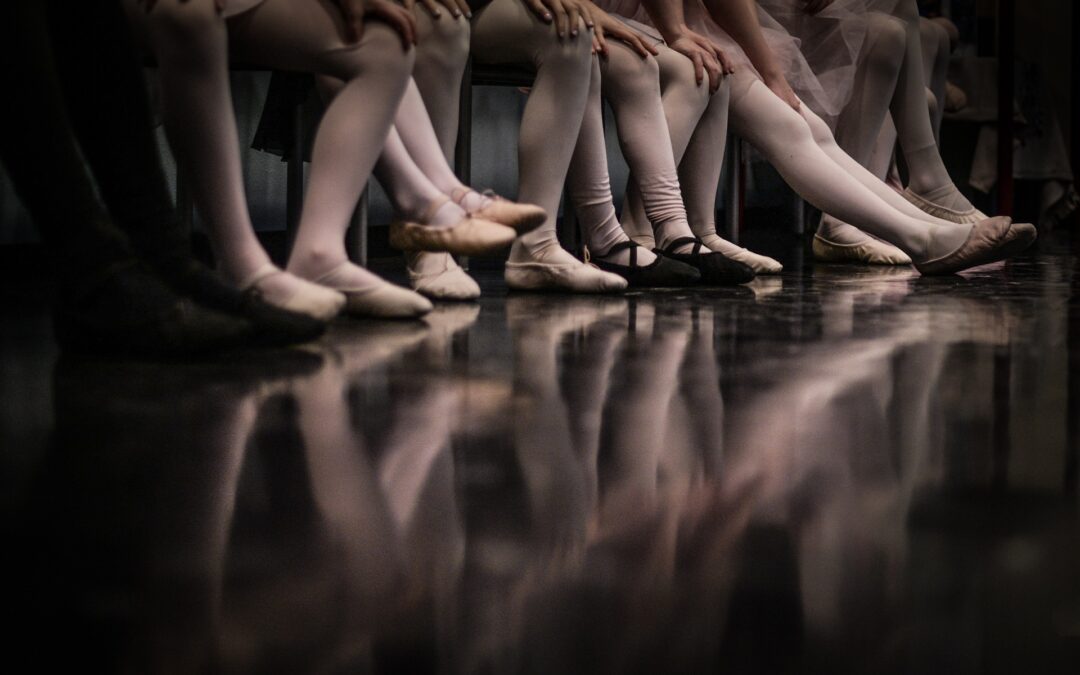Injury epidemiology in professional ballet: a five-season prospective study of 1596 medical attention injuries and 543 time-loss injuries
Mattiussi AM, Shaw JW, Williams S, et al. British Journal of Sports Medicine 2021;55:843-850.
https://pubmed.ncbi.nlm.nih.gov/33837002/
Take-Home Message
Medical attention and time-loss incidence rate among professional ballet dancers differ across company ranks and season.
Background
Reported injury rates among professional ballet vary greatly, which may be attributed to inconsistent injury definition and failing to consider factors such as contractual hours for higher ranking dancers (principal vs. apprentice). Determining the incidence rate of injuries requiring medical attention or time loss is necessary to ensure proper medical management and prevention strategies within professional ballet.
Study Goal
The authors sought to describe the incidence rate, severity, burden, in/out of season timing of injury, time loss, and type of injury across 5 consecutive seasons at a professional ballet company.
Methods
The authors followed 123 professional ballet dancers (54% female, ~28 years of age) during 5 consecutive seasons (August 2015-March 2020). Medical attention and time-loss injuries were evaluated and recorded by in-house physiotherapists within ~24 hours post-injury. Medical attention injuries were any musculoskeletal complaint that required medical attention from a physiotherapist. Time-loss injuries were defined as any injury that prevented a dancer from taking a full part in all dance-related activities that would typically be required of them for a period equal to or greater than 24 hours after the injury. The authors evaluated sex, rank, month, season type (overuse, traumatic), training event type (class, rehearsal, performance), and severity. Severity was categorized as follows: minor (1-7days), moderate (8-28 days), and severe (>28 days).
Results
The authors evaluated 417,693 hours of individual dance exposure (class: 115,772; rehearsal: 209,529; performance: 92,392). Medical attention incidence rates (per 1000 hours) were higher in higher ranks (Principal dancers 4.7; First soloists 4.5 injuries) than lower ranks (Apprentice dancers 2.4 injuries). Similarly, time loss was greater in higher ranks (Principal dancers 1.7 per 1000 hours; First soloists 1.5 per 1000 hours) than lower ranks (Apprentice dancers 0.6 per 1000 hours). The incidence rate of medical attention and time-loss injuries were similar for women. Further, intra-season differences were observed in medical attention, but not time-loss, where injury rates were higher earlier (August, September) and later in the season (June) than the other months of the season. Lastly, most of the medical attention needed for injuries were classified as overuse (~50%) compared with traumatic (~40%) in both males and females.
Viewpoints
Incident rates varied among professional ballet dancers. Higher ranked dancers sustained nearly 2 times more injuries than apprentice dancers. Most medical attention (65-69%) and time-loss injuries (50-51%) were overuse injuries. It is interesting to note that 56% of all days lost to injury were classified as “restricted” instead of “off”, which suggests that dancers may still have been practicing in some form of dance while injured. Taking the large exposure time into consideration (most injuries were from training compared to performance), it may be beneficial to evaluate if the large training load is necessary. To ensure proper rest and recovery, alterations may be needed for the dancers. Lastly, the timing of injuries should be considered since a large portion occurred during the beginning of the season. Hence, preseason or progression training focusing on jumping, landing, and lower extremity injury prevention strategies could be beneficial for this population.
Clinical Implications
Medical professionals should be aware of injury rates within professional ballet dancers. These athletes need adequate rest following injuries. Furthermore, we need to encourage implementing injury prevention strategies, especially early in the season.
Questions for Discussion
What are the most effective ways to prevent overuse injuries in professional ballet? What could medical professionals be doing to aid in early and late season injury prevention?
Related Posts
- Prescreeninsg as Possible Genesis of I Can’t Dance
- Contemporary Dancing: Is Dancing more Dangerous Than Traditional Sports
Written by: Jane McDevitt
Reviewed by: Stephen Thomas


